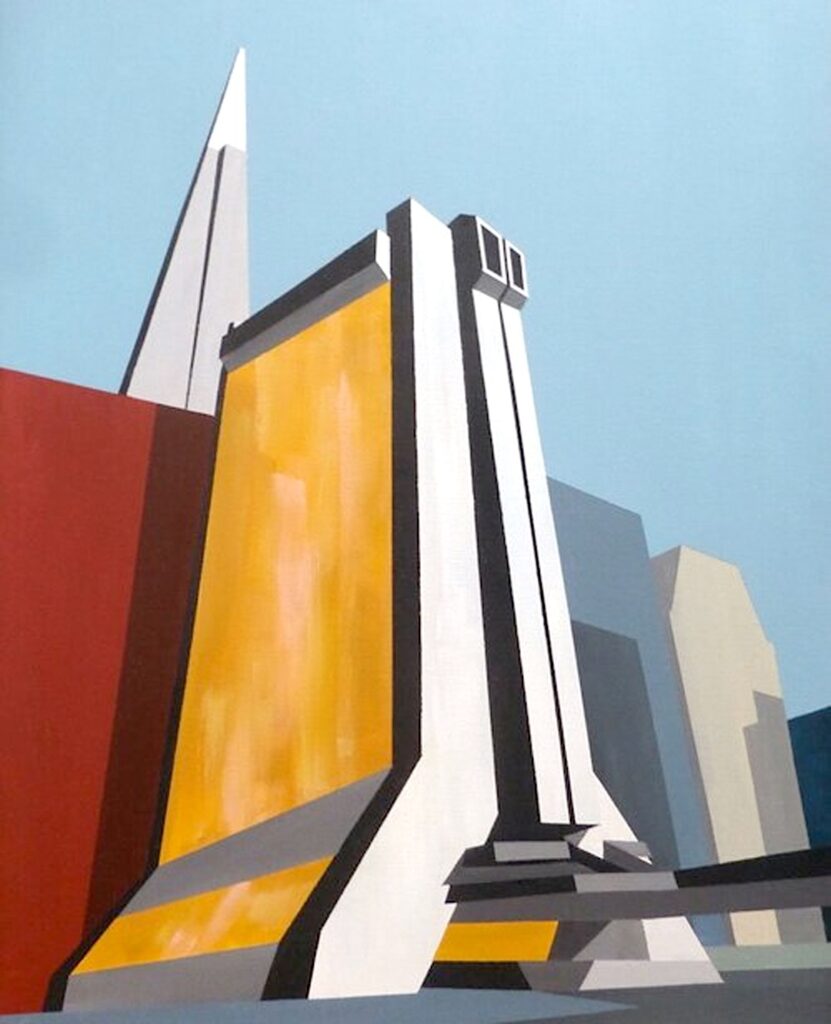
"In the 1950s and 1960s, the sleek Bauhaus aesthetic evolved from a radical vision into the standard style of postwar corporate America, resembling refrigerator boxes."
"Critics like Robert Hughes challenged Tom Wolfe's expertise while acknowledging the allure of his witty, iconoclastic critiques, resonating with non-specialist readers."
"Fads and fashion shift; what was once creative heroism can turn into a restrictive mold for future generations, raising questions about past cultural ideals."
"As America's standard of living declines, the perception of postwar years as a lost utopia is questioned, especially in terms of cultural and social diversity."
Tom Wolfe's critique of Bauhaus architecture highlights its evolution from a radical style to the conventional corporate aesthetic in postwar America. Critics, including Robert Hughes, challenged Wolfe's architectural knowledge but acknowledged his appeal to common sense among general audiences. The article contemplates the cyclical nature of architectural trends, questioning whether future perceptions will label the homogeneous postwar era as a lost utopia, especially given the current shifts in energy costs and standard of living. The fascination with modernist architecture continues, as exemplified by artist Michael Murphy's reflections on San Francisco's iconic buildings.
Read at 48 hills
Unable to calculate read time
Collection
[
|
...
]